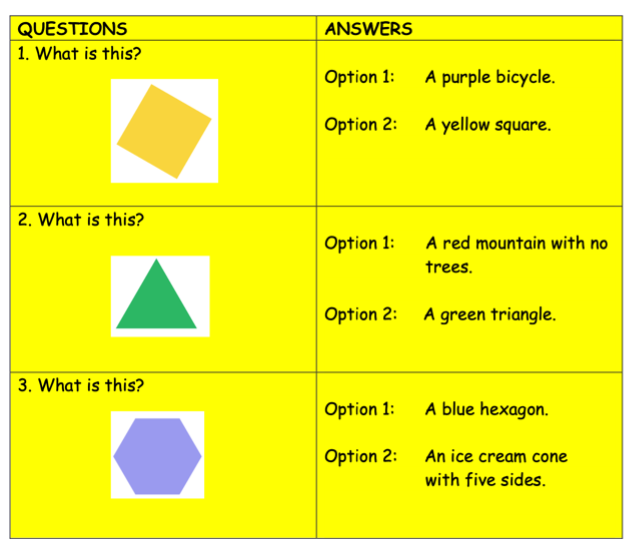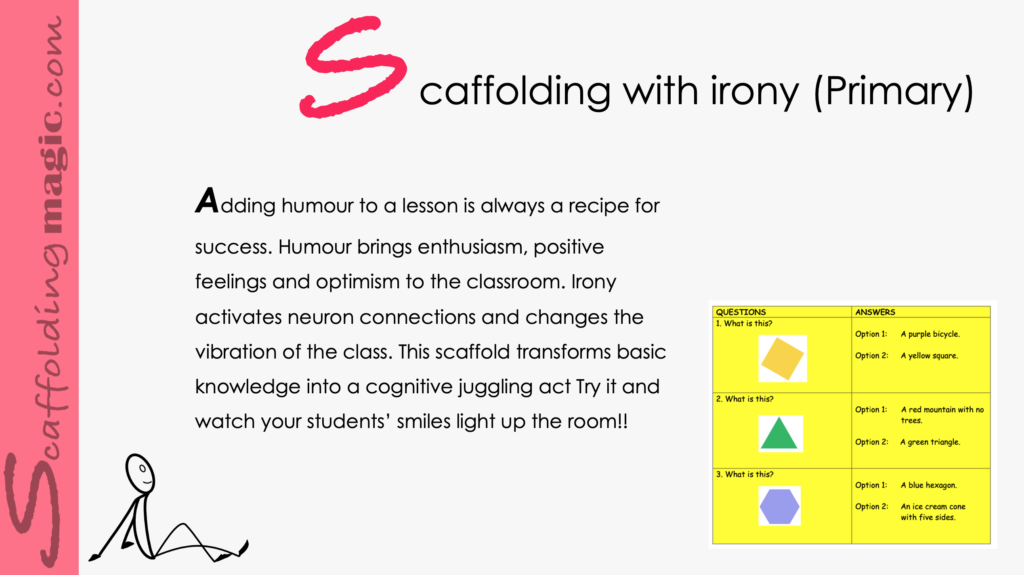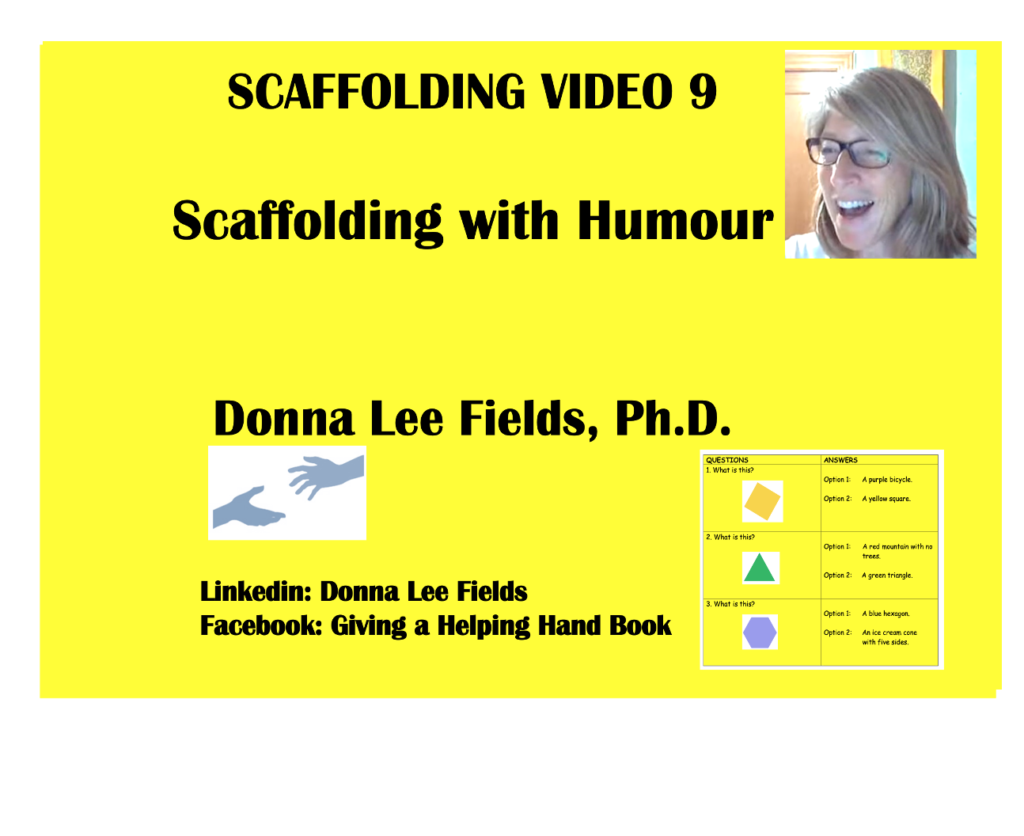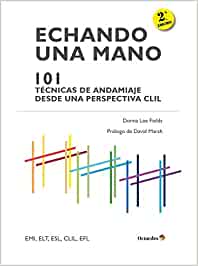You caught a beauty!!!
Download PDF of scaffold here.
theory behind the scaffold…
Adding humour to a lesson is always a recipe for success. Humour changes the dynamic of the class and helps students to see their lessons with a different frame of mind. This scaffold uses irony – the highest form of humour – to help make potentially dry material more inviting and accessible.
The use of humour is engrained in our cultural perspectives. Edward T. Hall, one of the pioneers of cultural studies for the purpose of preparing us for and appreciating the differences in peoples across the globe, elucidates the varying uses of humour in different environments. American humour, for instance, is binary and is either present or absent. In the Far East, on the other hand, one encounters a wide spectrum of subtle degrees of humour that are commonly present.*
In cultivating global citizens, it is important that our students know the differences of humour in different cultures – between irony and simpler forms of humour – so that they can react to it appropriately. It’s yet another way of appropriately and knowledgeably interacting with the people around us in this interconnected world.
On a more visceral level, humour brings enthusiasm, positive feelings and optimism to the classroom. Irony generates cognitive activity and changes the vibration of the class. Using humour and irony in conscientious ways will help students to approach their lessons with a different frame of mind – one more relaxed and receptive; once they are more receptive, they can produce more meaningful verbal exchanges about the topic at hand and internalise new information more deeply.
In putting this activity together, you’ll have the opportunity to play with language in creative ways. You’ll prepare questions from a lesson, unit, or project your students are about to begin. Each question will include multiple choice answers – one that is most appropriate, and the rest as absurd as you like them to be. (Remember, we want to cultivate a learning environment in which there are no ‘correct’ answers, but only those that are more justifiable than others.)
You can begin by explaining to your students that they’re going to take a short quiz. Very briefly, accept their groans of disapproval, knowing that they are going to start laughing very soon. As their amusement rises, so will their receptivity of new concepts and language that you surreptitiously present in the faux quiz.
*Hall, Edward T. (1973). The Silent Language. New York. Anchor Books
step by step…

- Write 10-15 questions related to the unit you’re about to begin. For each question, offer multiple choice answers – one appropriate and the others written with irony to the point of being absurd. (You are pre-teaching information and helping them to become comfortable with academic language and concepts before they begin.)
- To make the activity cooperative, give one copy of the ‘quiz’ to each group of students. Group members take turns reading the questions and the three possible answers aloud. The other group members take turns a) identifying the most appropriate answer, and b) explaining why another one cannot be appropriate. (See example of a below using maths.)
- The activity continues until all the questions have been asked and answered in the manner outlined above.
- Finish by going over the quiz as a class, with each Speaker taking turns asking the questions and each group taking turns answering. As each group answers, you ask another group if they agree with the answer or not, and they must give their response in a complete sentence. (Ex. ‘Yes, we agree with the answer because the other two options were not appropriate.’ or ‘No, we don’t agree with the answer. We believe the answer is ‘b’ because_____________.’)
- Formative Assessment: Project images (in this case geometrical shapes) on the white board and each group takes turns verbalising what they see. If they want, they can repeat the absurd options given in the faux quiz.
- Reflection: Answer the following reflection questions using the Question Continuum. (Note, some questions address methodology and some address the content. Both are essential to foster self-efficacy for our students.)
- Yes/No Were the questions amusing?
- Which Which multiple choice options were the most absurd?
- When When did you realise that the ‘quiz’ was not what you were expecting?
- Where Where can you find triangles in the classroom?
- What What is a hexagon?
- How How do objects take form?
- Why Why is it important to identify different geometric shapes?
- What if What if you had the opportunity to create a new shape and name it? What would it be and what would you name it?
video explanation…
find more scaffolds here…
Another example for Natural sciences…


Scaffoldingmagic.com is your entryway into DYNAMIC bilingual learning methodologies, such as Phenomenon-Based Learning, CLIL, EMI, and ESL. You’ll find ways to implement critical thinking tools (DOK) to promote higher level thinking, the growth mindset, instill an ethic of excellence, deep reflection on learning, and all through multi-cultural, interdisciplinary activities. We have the keys to turning competences into action and to creating collective efficacy in your school so you move ahead as a unified, enthusiastic team.








